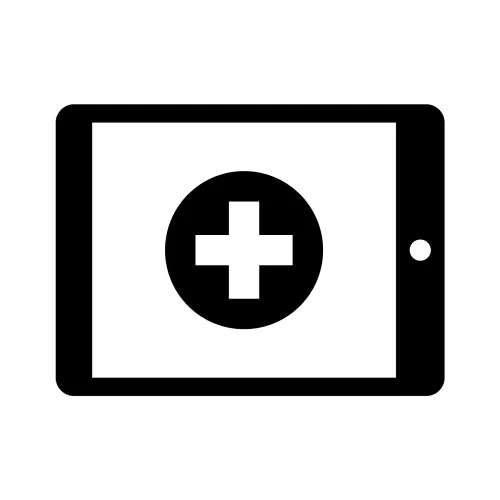MPFS Staggers Rollout of E/M Overhaul
Look for documentation relief this year. CMS’ 2019 Medicare Physician Fee Schedule (MPFS) follows through with plans to revamp E/M documentation, coding, and payment — just not all at once this year. Instead, the final rule implements some relief for E/M documentation requirements in 2019, but puts off many of the proposed-rule changes until 2021. The final rule “delays … more significant changes to give clinicians the time they need for implementation and provides time for us to continue to work with the medical community on this effort,” said CMS Administrator Seema Verma in a release on the MPFS. Get Ready for These E/M Changes in 2019 Next year and continuing into 2020, practices should follow the 1995 or 1997 E/M documentation guidelines when reporting E/M office/outpatient visits they bill to Medicare. But the MPFS final rule updates some reporting policies that are effective Jan. 1, so your staff should know both the current requirements and what’s new. Review these revised policies in the MPFS final rule for 2019: Even the small rollbacks in 2019 will make a difference for providers struggling with too much administration. “There is little doubt that efforts to reduce regulatory burdens and simplify the documentation requirements for E/M visits will be welcomed by physicians and hospitals,” says attorney Benjamin Fee, Esq., of Dorsey and Whitney LLP in the Des Moines, Iowa office. Opportunity: While the new rules “may currently seem a little vague … the rules will provide each of us with opportunities to question and fine tune them, eventually leading to more precise guidelines, which will ultimately help the industry,” says Chelle Johnson, CPMA, CPC, CPCO, CPPM, CEMC, AAPC Fellow, billing/credentialing/ auditing/coding coordinator at County of Stanislaus Health Services Agency in Modesto, California. Expect These E/M Changes in 2021 Here’s a peek at the six big changes CMS hopes to implement in 2021, according to the 2019 final rule. 1. E/M single payment rate. The amount isn’t finalized, but you can expect a single payment rate for level 2 through 4 codes for E/M office/outpatient visits for your new and established patients. CPT® codes 99205 and 99215, however, will no longer fall under the single payment system as suggested in the proposed rule, but instead will remain steady “to better account for the care and needs of complex patients,” the agency stressed. 2. Clinicians can choose documentation guidelines. In 2021, Medicare providers can use either the 1995 or 1997 documentation guidelines for E/M office/outpatient level 2 through 5 visits, or they can use medical decision-making (MDM) or time. It is important to mention that some “commenters noted such a policy would increase burden due to increased variation in how visits would be documented, and the need to restructure EHR templates to accommodate different options and decide which method was best for a given patient or practice,” said the final rule. 3. Minimum documentation standard. Even though “many commentators did not support the proposal … to apply a minimum level 2 documentation standard,” CMS will be instituting it anyway in 2021. What this means is that when you perform a level 2 through 4 visit using MDM or the current standards, you’ll need to submit “information to support a level 2 E/M office/outpatient visit code for history, exam and/or medical decision-making,” the fact sheet noted. 4. Time is of the essence. According to the guidance, medical necessity must be clearly explained when time is used to document the E/M visit. Also, that documentation needs to specifically point out that it was the billing provider who was face-to-face with the patient for the claim to be accepted. 5. Add-on codes are coming. The proposed add-on codes that are supposed to bump up the single payment stats are set for release in 2021. The codes will help explain “additional resources” but won’t be restricted by specialty, CMS said. “These codes would only be reportable with E/M office/outpatient level 2 through 4 visits, and their use generally would not impose new per-visit documentation requirements,” the fact sheet advised. 6. Extra-long visits receive a boost. For level 2 through 4 E/M visit codes, CMS will introduce a brand new “extended visit” code, the agency said. Practitioners will be able to use this code “regardless of the kind of care” furnished “or whether or not the medical complexity of the visit is the determining factor for the length of visit,” the final rule stated. Industry input: As the agency finalizes the logistics of this massive undertaking to streamline E/M documentation and payment with new codes and processes, the American Medical Association (AMA) will be working in tandem with CMS, making recommendations, according to Barbara L. McAneny, MD, AMA president, in a press release on the E/M changes. Resource: See the CY 2019 MPFS in the Nov. 23, 2018 Federal Register at www.govinfo.gov/content/pkg/FR-2018-11-23/pdf/2018-24170.pdf.




